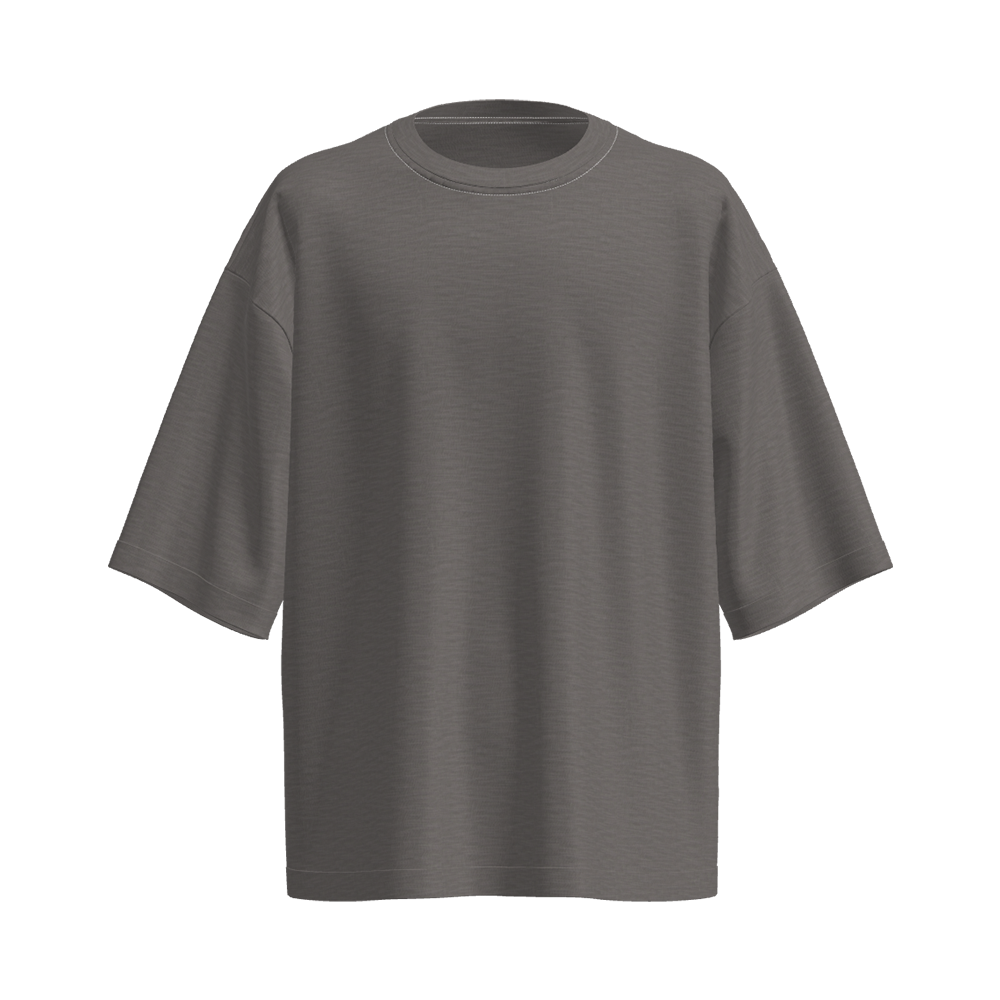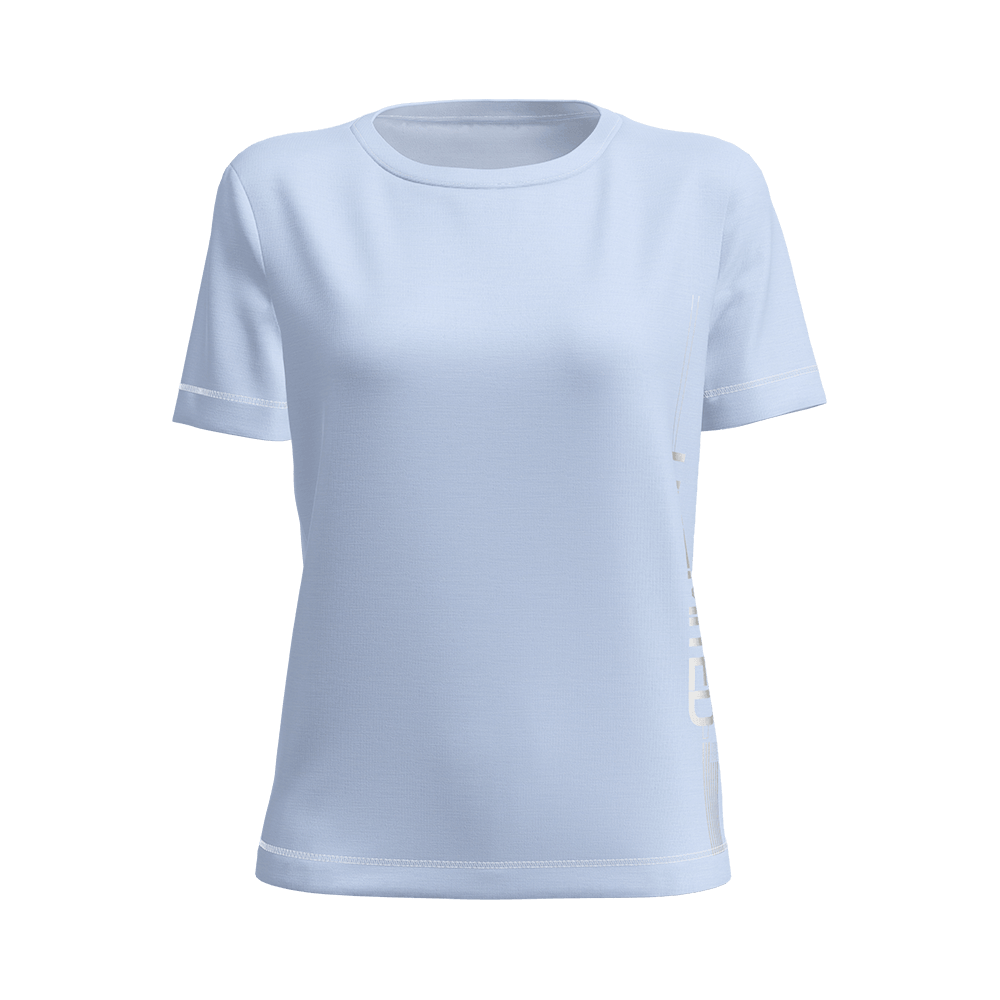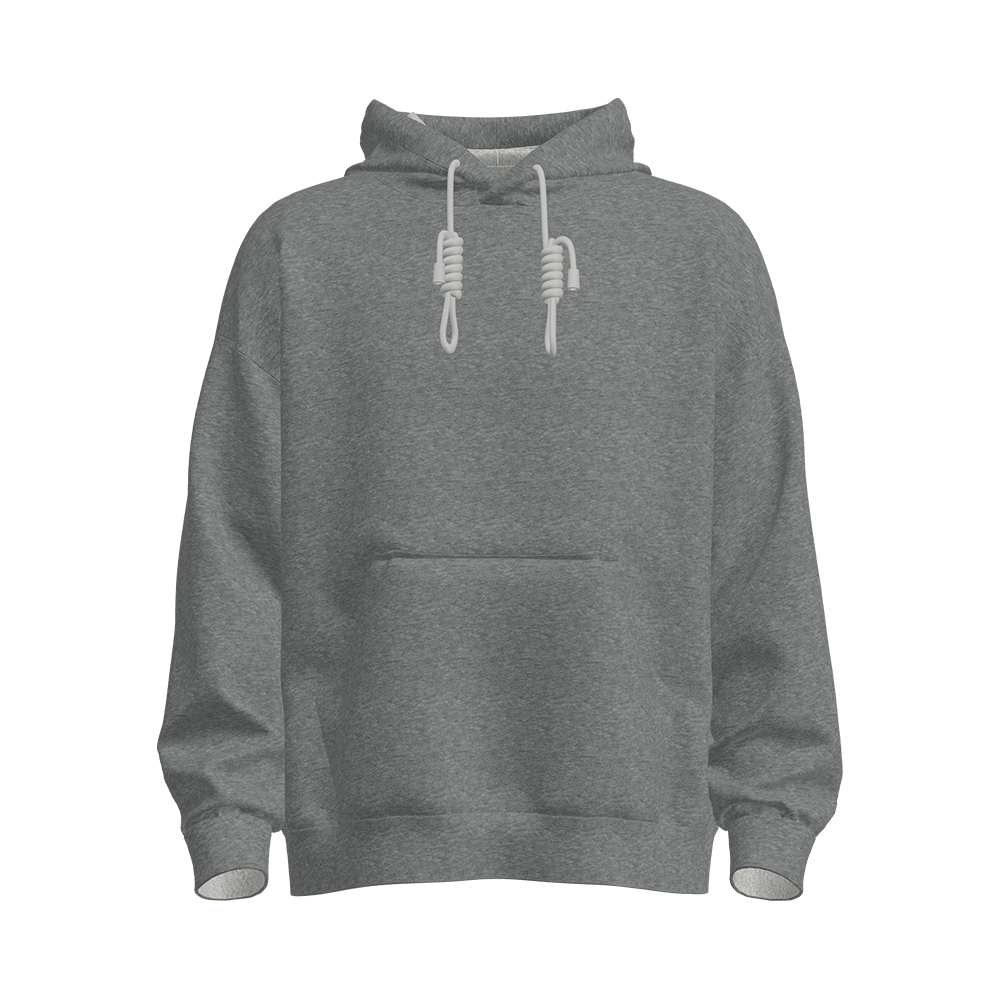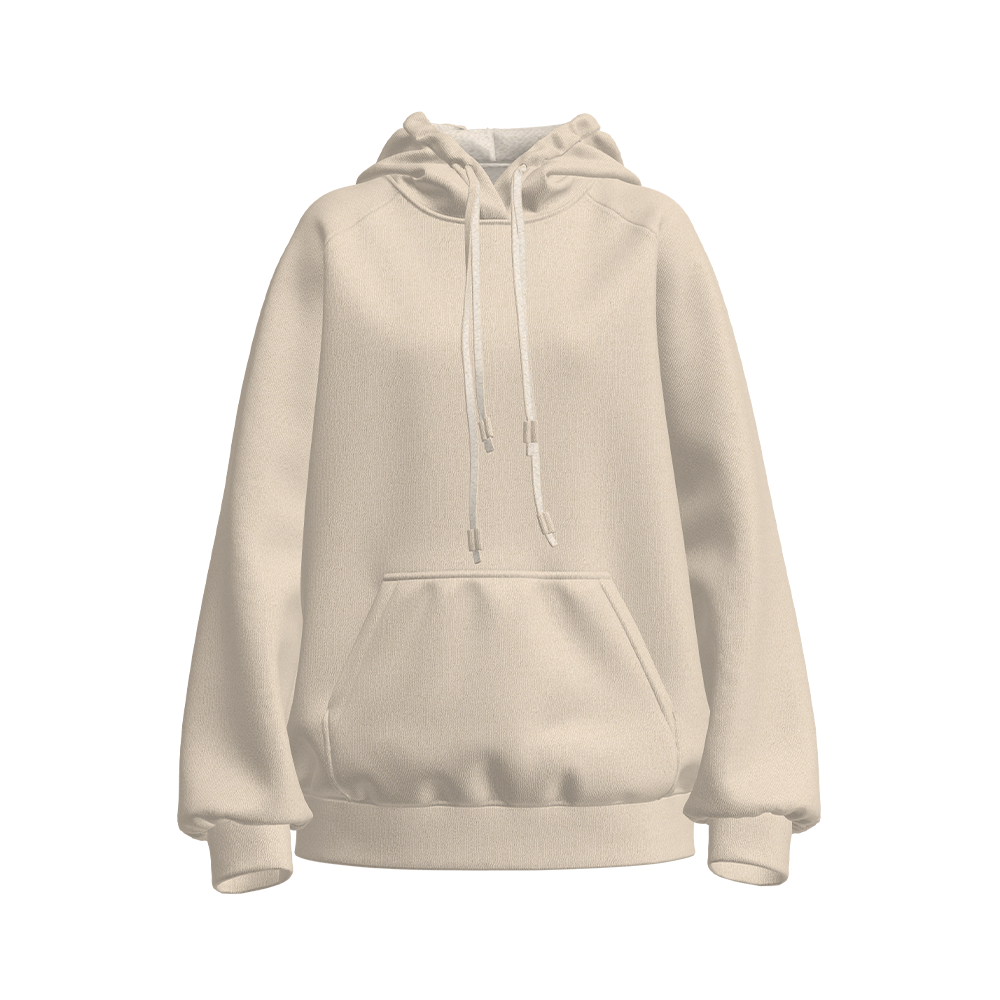
What Makes T/M/S Heating Fabric So Flexible and Comfortable Against the Skin?
Introduction: Redefining Warmth with Textile Innovation
The pursuit of warmth in cold environments has long been a driving force in textile development. From bulky layers of wool to insulated synthetic jackets, the goal has traditionally been to trap body heat. However, a revolutionary shift is underway, moving away from simple insulation to active, responsive heating. At the forefront of this shift is t/m/s heating double knits brush fabric, a material that seamlessly integrates heating functionality into a soft, flexible, and comfortable textile. For wholesalers, buyers, and product developers, understanding the source of this fabric’s unique comfort is key to appreciating its market potential.
The Core of Comfort: Unpacking the Double Knits Brush Structure
The foundational element that grants t/m/s heating double knits brush fabric its inherent comfort lies in its very construction. The term “double knits brush” describes a specific manufacturing process that results in a textile with distinct layers and a luxuriously soft surface.
The Double Knits Foundation
Unlike woven fabrics, which are composed of two straight thread systems, knitted fabrics are made from a single yarn interlooped repeatedly. A double knits fabric takes this a step further, produced on a machine with two sets of needles, creating two distinct layers of fabric that are interconnected. This structure is inherently more stable, stretchable, and durable than single-knit constructions. For a heating textile, this dual-layer architecture is paramount. It creates a protected, integrated channel between the layers where the heating elements can be housed. This integration is critical because it prevents the heating components from being a separate, rigid entity that sits on top of the base fabric, which is a common source of stiffness in earlier heated products.
The Brushing Process and Its Tactile Benefits
The “brush” component refers to a finishing process where the surface of the knitted fabric is mechanically brushed. Fine wires raise the fibers from the yarn, creating a layer of soft nap. This process transforms the already flexible knit into a fabric with a plush, fleece-like hand feel. The benefits of this brushing are multifold for comfort. Firstly, it creates a soft brushed backing that feels warm and gentle against the skin, eliminating the scratchy or cold feel of some technical fabrics. Secondly, this raised fibrous layer creates tiny pockets of air, which act as a secondary insulating layer. This enhances the fabric’s overall thermal efficiency, allowing the active heating system to work more effectively while maintaining a lower, more comfortable surface temperature. The combination of the flexible double knits base and the plush brushed interior is the first and most direct answer to why this heated apparel fabric is so comfortable.
The Engineering of Supple Heat: Conductive Yarn Systems
If the double knits brush structure is the body, the conductive yarn system is the nervous system of the t/m/s heating double knits brush fabric. The choice and integration of these yarns are what enable the fabric to heat up without sacrificing the flexibility achieved by its knit construction.
Beyond Metal Wires: The Advent of Polymer-Based Composites
Early iterations of heated textiles often relied on thin, solid metal wires woven or sewn into the fabric. While effective conductors, these wires were prone to fatigue, breaking after repeated flexing, and they imparted a distinct rigidity to the material. The innovation in modern t/m/s heating double knits brush fabric lies in the use of advanced conductive yarns. These are typically composite materials, where conductive elements like carbon or silver-coated polymers are spun into fine, flexible threads, often blended with traditional textile fibers like polyester or polyamide. The result is a yarn that conducts electricity but behaves like a textile thread—it can be bent, stretched, and knitted without compromising its structural or electrical integrity. This is a fundamental breakthrough for flexible heating elements.
Integration Through Knitting, Not Attachment
A key differentiator in comfort and flexibility is how the heating element is incorporated. In many inferior products, a pre-made heating wire is simply laminated or stitched onto a finished fabric, creating hard spots and limiting movement. In high-quality t/m/s heating double knits brush fabric, the conductive yarn is knitted directly into the fabric structure during the manufacturing process on the same double knits machine. This means the heating element is an intrinsic part of the textile itself. As the fabric stretches and moves, the conductive yarn moves with it, distributed evenly and securely within the protected middle layer. This method of integration ensures that there are no loose wires to snag, no stiff patches to create pressure points, and no delamination over time, which is a common failure point in laminated solutions. This seamless integration is a primary reason why this material is so successful in applications requiring a high degree of mobility, making it an ideal choice for custom heating fabric in performance wear.
The Synergy of Knit Architecture and Dynamic Flexibility
The true genius of t/m/s heating double knits brush fabric is not just in its individual components, but in how they work together. The knit architecture is uniquely suited to host a dynamic, flexible heating system, creating a synergy that surpasses what either component could achieve alone.
Inherent Stretch and Recovery
The looped structure of any knit fabric grants it inherent elasticity. When force is applied, the loops can deform and extend; when the force is released, they recover their original shape. This property is essential for comfort in garments, allowing them to conform to the body’s contours and move with the wearer. The double knits construction enhances this by providing balanced stretch in multiple directions. When the flexible conductive yarns are knitted into this elastic base, the entire system becomes stretchable. The heating circuit moves and flexes as a unified part of the fabric, unlike a rigid circuit board sewn into a garment. This inherent elasticity is crucial for maintaining comfort during activities like skiing, hiking, or even simply sitting and standing, ensuring the heat is delivered consistently without constraining movement.
Durability Under Stress
Comfort is not only about initial softness but also about long-term performance. A fabric that becomes stiff, misshapen, or fails after use is not truly comfortable. The integrated nature of the t/m/s heating double knits brush fabric provides exceptional durability. The conductive yarns are locked within the knit structure, protecting them from abrasion, friction, and direct impact. The double knits base is naturally resistant to runs and tears. Furthermore, the brushing process, while adding softness, does not significantly weaken the fabric’s integrity. This combination results in a durable heating textile that can withstand the rigors of repeated use, washing, and mechanical stress, ensuring that the comfortable feel and reliable performance last for the lifetime of the product. This reliability is a critical factor for buyers considering wholesale heating fabric for commercial lines, as it directly impacts customer satisfaction and product returns.
Safety and Consistent Performance as Pillars of Comfort
Comfort is a holistic experience that extends beyond physical sensation to include peace of mind. A wearer cannot be truly comfortable if they are concerned about the safety or inconsistent performance of their heated garment. The design of t/m/s heating double knits brush fabric addresses these concerns directly through its integrated engineering.
Low-Voltage Operation and Even Heat Distribution
Safety in heated textiles is paramount. This fabric is designed to operate at low voltages, typically in the 5V to 12V range, often powered by common USB power banks or small dedicated batteries. This low-voltage nature eliminates any risk of electric shock, making it safe for prolonged wear. Furthermore, the knitting-in of the conductive yarn creates a grid-like heating circuit that promotes exceptionally even heat distribution. Unlike point-based heating elements that can create uncomfortable hot spots, the t/m/s heating double knits brush fabric warms up uniformly across its surface. This even distribution prevents localized overheating, which is not only a potential safety hazard but also a source of discomfort, ensuring a consistent and pleasant warmth that mimics the body’s own natural heat radiation.
Moisture Management and Washability
A comfortable garment must handle moisture effectively. The brushed interior of the fabric plays a role here by wicking moisture vapor away from the skin, while the often-used polyester content in the base yarns resists water absorption, allowing the fabric to dry quickly. More importantly, the robust integration of the heating elements ensures that the fabric is fully washable. Because the circuit is not an attached add-on but an intrinsic part of the knit, it remains secure and functional through multiple wash cycles, provided care instructions are followed. This washable heating fabric capability is essential for hygiene and long-term usability, removing a significant barrier to adoption for everyday consumers and ensuring the product remains fresh and comfortable over time. The following table summarizes the key comfort-driven features of this innovative material:
| Feature | Component Responsible | Comfort Benefit |
|---|---|---|
| Plush, Soft Hand Feel | Brushed Backing | Provides a gentle, non-irritating surface against the skin. |
| Excellent Flexibility & Stretch | Double Knits Construction | Allows the garment to move freely with the body without restriction. |
| Lack of Rigidity | Integrated Conductive Yarns | Heating elements bend and flex with the fabric, eliminating hard spots. |
| Uniform Warmth | Knitted-In Heating Circuit Grid | Prevents uncomfortable hot spots and ensures consistent heat distribution. |
| Moisture Management | Polyester Fibers & Brushed Texture | Wicks moisture and dries quickly, maintaining a dry, comfortable feel. |
| Durability & Washability | Combined Knit Structure | Ensures comfort and performance are maintained over the product’s lifespan. |
Conclusion: The Sum of Its Parts Creates a New Standard
In conclusion, the exceptional flexibility and comfort of t/m/s heating double knits brush fabric are not the result of a single feature, but the careful and intelligent synthesis of multiple advanced textile technologies. The plush, insulating quality is born from the mechanical brushing process applied to a stable double knits base. The supple, non-restrictive flexibility is a product of the inherent stretch of the knit structure combined with the use of advanced, textile-like conductive yarns. The seamless integration of these yarns during the knitting process ensures durability, even heat distribution, and the absence of rigid components that plague inferior heated products.
This holistic approach to design results in a material that effectively decouples heating function from discomfort. It provides reliable, active warmth in a form factor that feels, moves, and wears like a high-performance traditional textile. For industry buyers and product developers, understanding this intricate relationship between structure, material, and comfort is crucial. It allows for informed sourcing decisions and empowers the creation of end products—from heated gloves and insoles to full-body therapeutic wear—that meet the modern consumer’s high expectations for both performance and comfort. The t/m/s heating double knits brush fabric is more than just a warm material; it is a benchmark for how intelligent textile engineering can enhance human comfort in a cold world.
LATEST POST
Let’s create something amazing together
contact usDon't hesitate to contact when you need us!



 English
English 한국어
한국어 中文简体
中文简体









 +86-512-52528088
+86-512-52528088 +86-512-14546515
+86-512-14546515

